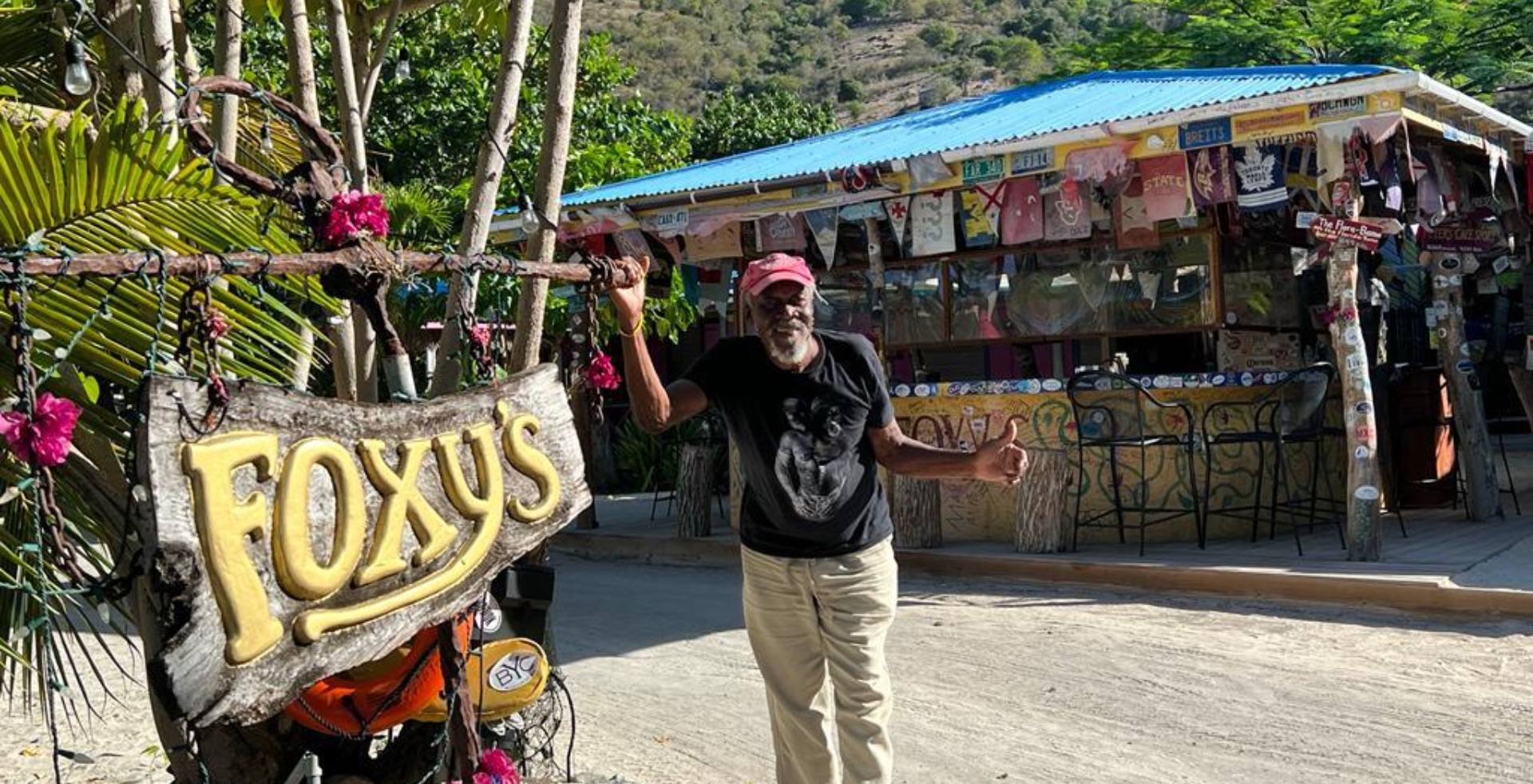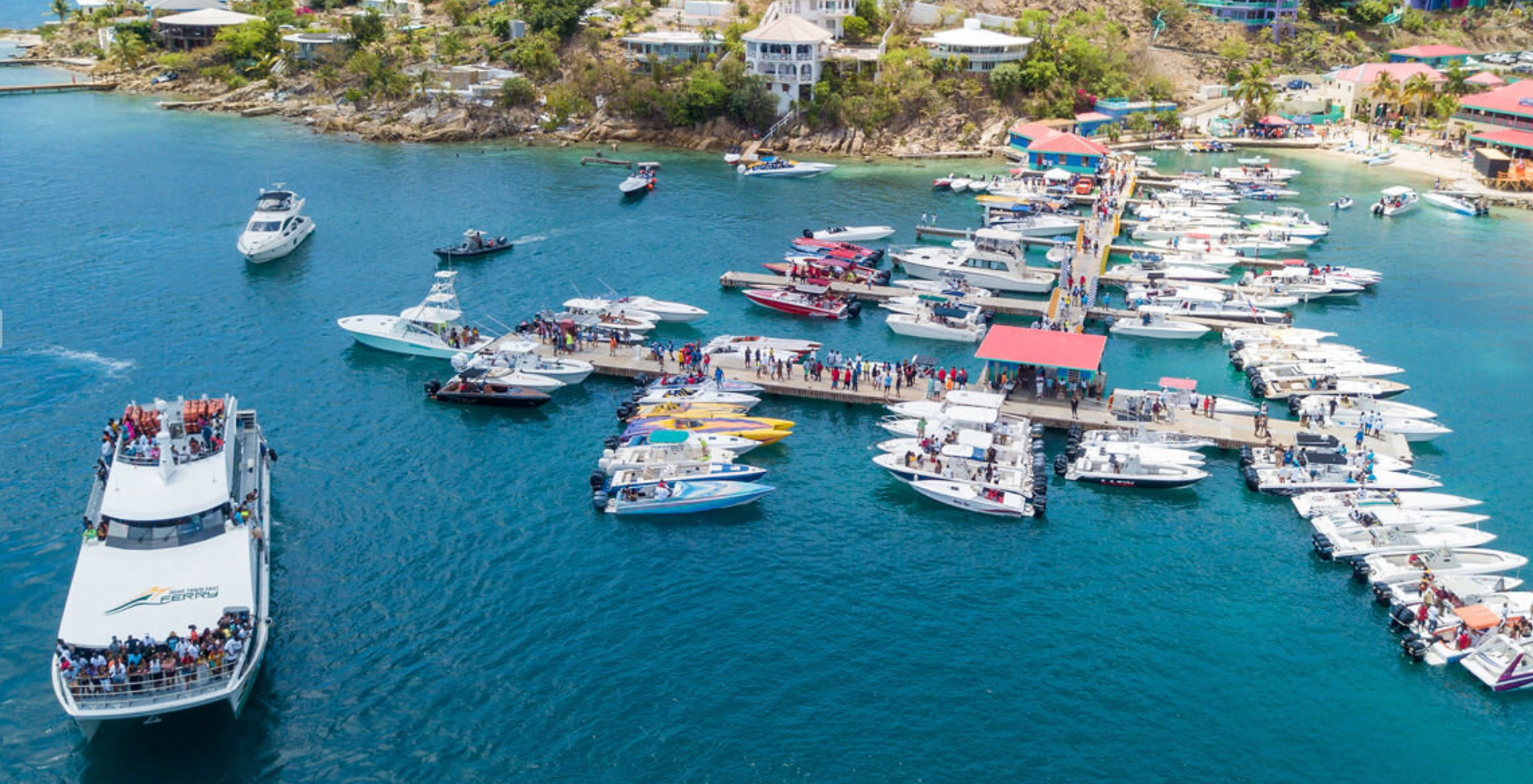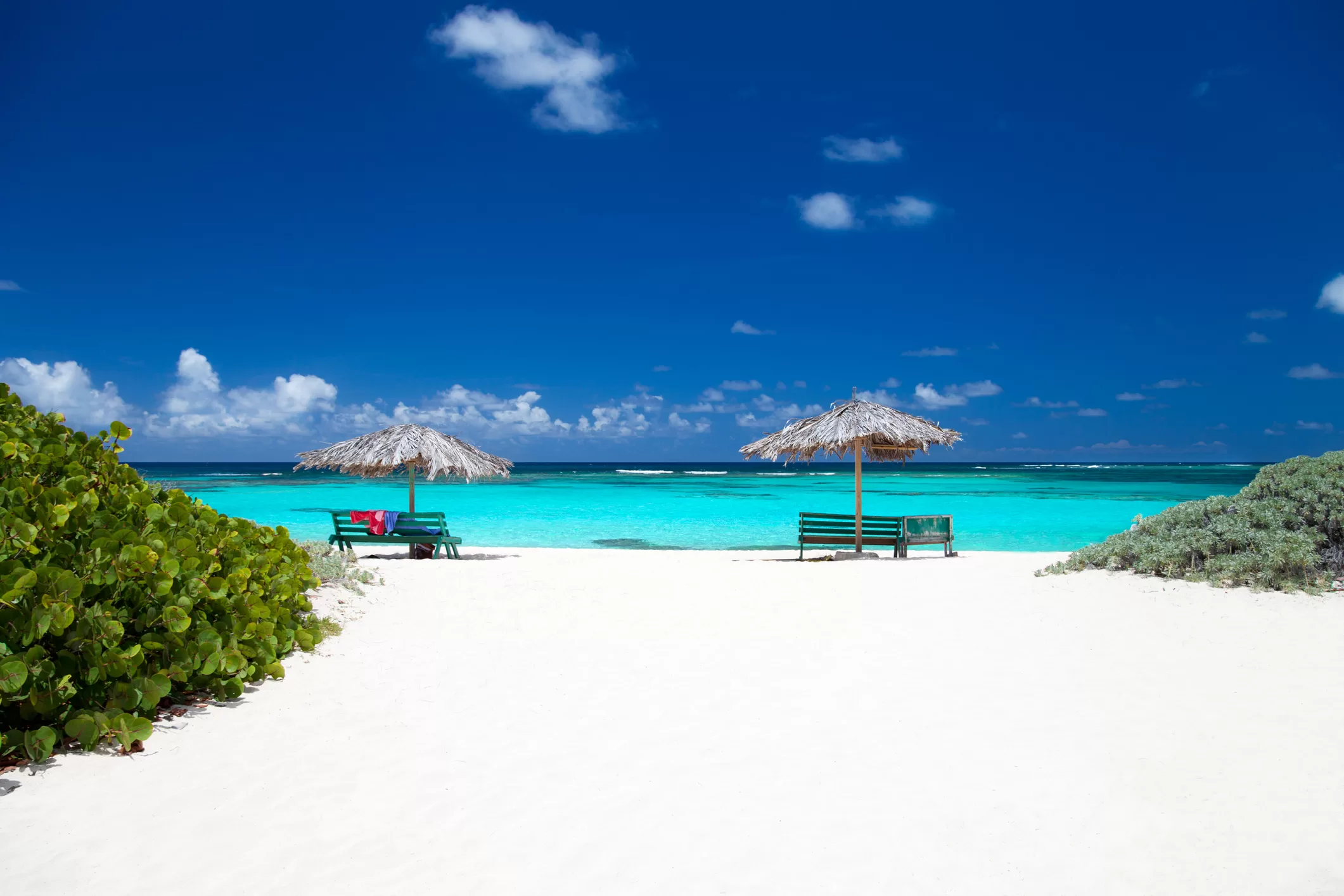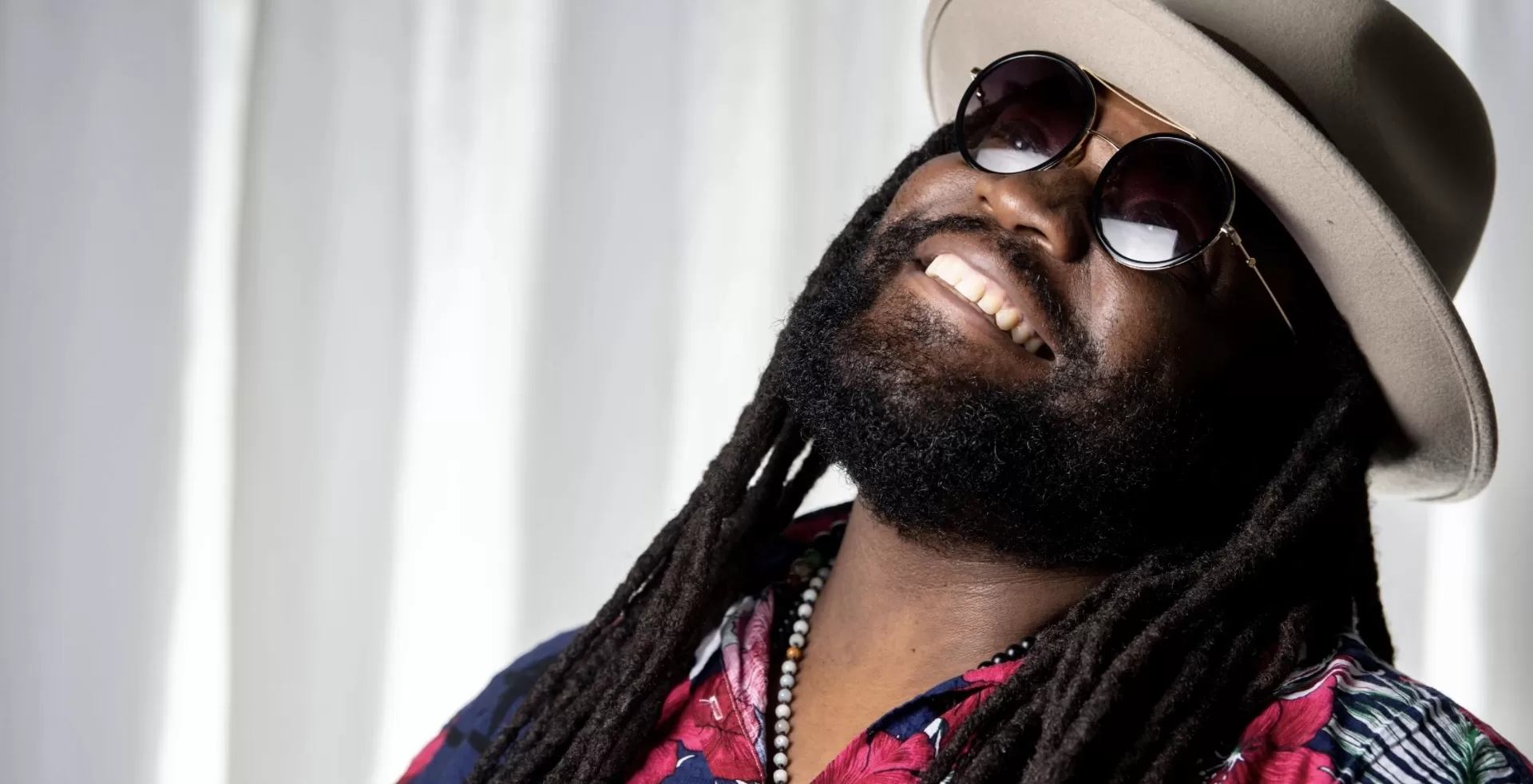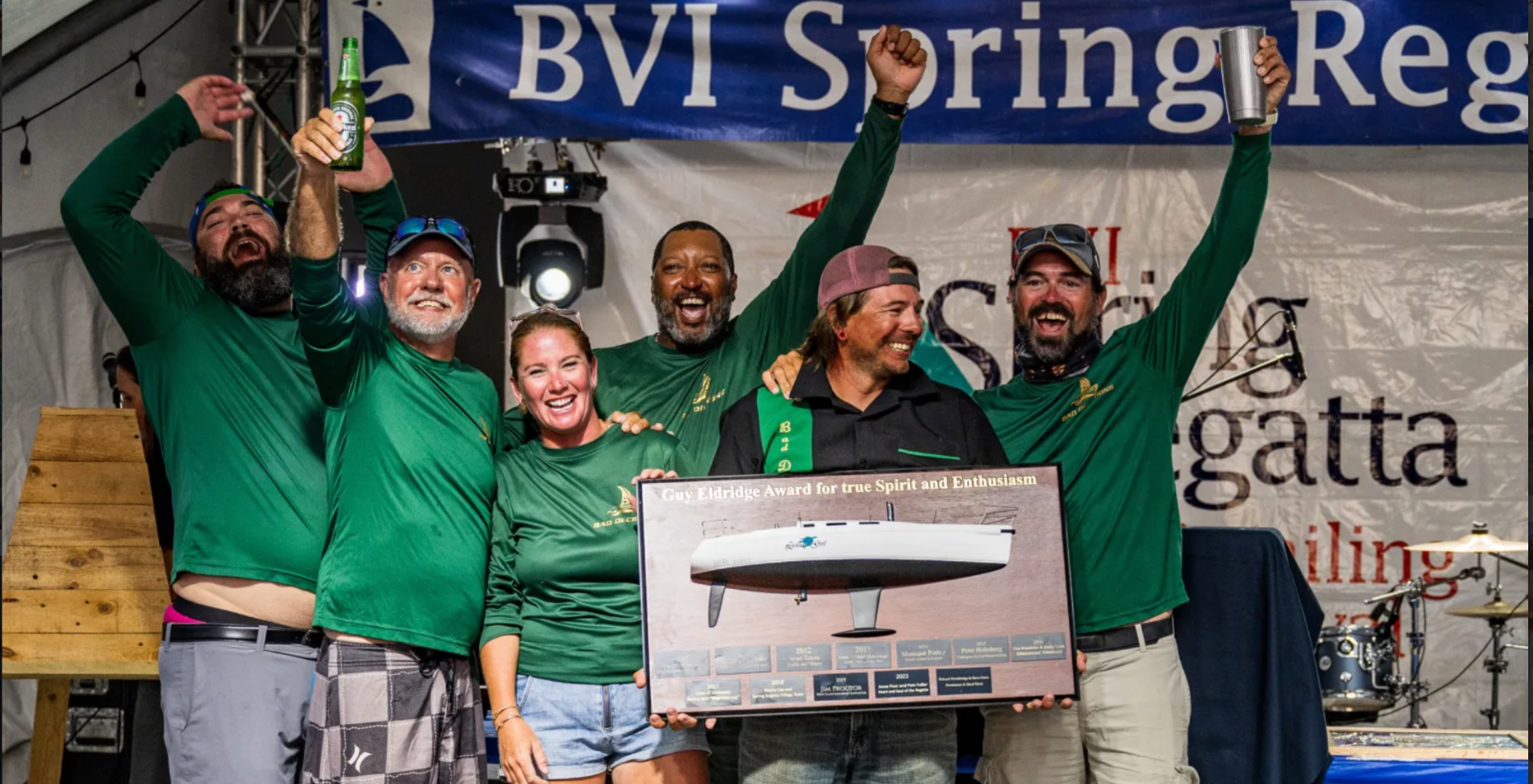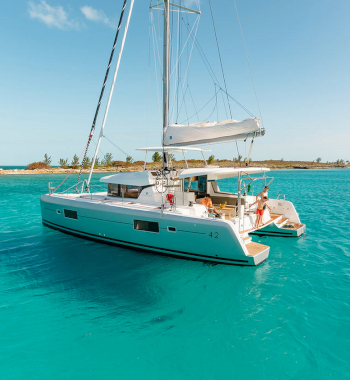Top Ten Things to Do in The BVI
From powdery sand beaches to crystal clear waters and unsurpassed sailing, the BVI stands apart from other Caribbean destinations. But with so many diverse activities and great sites to visit, where do you start? Let’s explore just a few of the best.
Number 1: Sailing Around the Islands
Staying on land at a hotel or guesthouse, doesn’t mean you can’t go sailing. A fleet of BVI based day sail boats will take guests out for a day of sailing and snorkeling to several outer island destinations. All one needs is a tote bag, sunscreen, a beach towel and a sense of adventure. Most day charter boats depart around 9am and return around 5pm and provide snorkel tours, along with snorkel gear, drinks and lunch.

One of the most popular destinations for day sail charters is the Norman Island Caves. This series of partially submerged caves on the island’s western shore, have been carved by millennia of wave action and erosion. They also come with a reputation. It is said that Norman island was the setting for Treasure Island, Robert Louis Stevenson’s famed 18th century tale of pirates and skulduggery. So it’s not surprising that the Norman Island Caves are often referred to as the Treasure Caves. Although no gold is to be found inside these caves, the soft orange sponges and red corals that line the stone walls are treasure of another sort. Outside the caves and along the rocky shoreline there are schools of sergeant majors, sea grasses. If lucky, you may spot a sea turtle or ray.
The BVI’s reputation as the sailing capital of the Caribbean is well-deserved. Its cluster of closely situated islands are easy to sail to. While its many gorgeous anchorages offer the promise of a refreshing swim and a tropical cocktail at day’s end. Many sailors charter vessels for a week or two, some with a crew (most often a captain and cook). others board “bareboats” (skippered by an experienced member of your own charter party). Aboard a charter boat the entire BVI is at your disposal.
Other popular day sail destinations include White Bay on Jost Van Dyke, Sandy Cay and Benures Bay.
For more information on other sailing options including crewed one or two-week charters and bareboats, go to “Sailing” https://thebviinsider.com/sailing/ The section also includes a list of the BVI’s many scenic anchorages.
Number 2: Sage Mountain

Immerse yourself in tropical foliage and a rainforest-like environment at Sage Mountain National Park. The BVI’s highest point is located on the island of Tortola. At 1,716 feet and 127-acres, the park has lofty views, cool breezes and a variety of tropical and dry forest vegetation. The park’s numerous trails are graveled and easy to follow.
To get there, take the Ridge Road to its western-most end and park in a lot located just a short walk from the park. The path to the entrance winds along an uneven forested trail and is a delight in itself. There are two distinct sections to the park. A trail climbing to its highest point is located behind you across from the entrance gate. This trail leads up through a second growth mahogany forest to a lookout at the top of the park. For a more tropical rainforest experience, go through the gate and take the main trail, but then diverge off onto the Henry Adams Trail to the park’s lush northern section. The path leads to a wooden staircase, and past giant elephant ears, large boulders, tall trees dripping with hanging vines, and a myriad of lacey ferns. Eventually the trail will loop around to a majestic banyan (part of the ficus family of trees). With its thick canopy and tangle of aerial roots – the tree provides a great photo op.
Sage Mountain National Park, founded in 1961, is the BVI’s first national park. If you want to learn more about the park’s creation and its founders, American philanthropist, Laurance Rockefeller and BVI conservationist, Joseph Reynold O’Neal go to https://thebviinsider.com/for-the-love-of-nature/
Number 3: Hanging Out in Cane Garden Bay

Cane Garden Bay is Tortola’s favorite beach. Once a sugar growing center in the 18th and 19th centuries, Cane Garden Bay today is a close-knit community of local families and churches. A dozen or so beach bars and restaurants line one of the island’s most beautiful stretches of sand.
Sheltered by an off-shore reef, the water is invariably calm, making it perfect for sun worshipping, family outings and water sports; it’s a place for a leisurely float or a vigorous swim. Families can rent water toys here including paddle boats, windsurfers and standup paddle boards. Anytime is a good time to hang out in Cane Garden Bay, but one of my favorites is late afternoon: the ideal time to order a cold drink at one of the bay’s open air beach bars and watch the sun as it sets behind Jost Van Dyke and transform the water to a shimmering gold. If you stay through evening, Quito’s, Myett’s and several other bars and restaurants feature live music.
One of the community’s hidden surprises is the Callwood Rum Distillery located behind the road on the western side of the bay. Built of stone, and permeated with the scent of centuries of distilled rum, the distillery is a glimpse into the island’s rum making past. On display are the original wood casks, the still and copper boiling vats; bottles of the distillery’s potent Arundel rum are for sale.
Number 4: The Botanic Gardens

The four-acre Botanic Gardens in Road Town, is a tropical refuge at the eastern end of Road Town and a microcosm of the region’s plant life. The gardens are named after Joseph Reynold O’Neal, a prominent BVI businessman and an ardent conservationist who along with Margaret Barwick, a former governor’s wife and tropical garden expert, shepherded the gardens to completion in the 1980s.
A majestic row of royal palms and a Victorian style cast iron fountain greet visitors at the garden’s entrance; pergolas draped in petria and other flowering vines grace its pathways and indigenous red footed tortoises and exotic parrots can also be found here.
The gardens, which sit on the site of the BVI’s original agricultural station, represent the different habitats of the BVI. There is a tropical rainforest section, examples of a dry forest habitat, a West Indian traditional herbal garden and an orchidarium. A collection of rare indigenous plants including the endangered Acacia anegadensis, will help ensure the survival of this and other of the BVI’s endangered species. With the assistance of botanists from Kew Gardens in London, seeds and dried specimens of the BVI’s native plants are being collected and preserved at the park. A second set are kept at Kew’s seed bank in the UK.
The Activities section at https://thebviinsider.com/parks-places/ has information on other places to visit in Road Town and throughout the islands.
Number 5: Exploring The Baths

I remember my first time inside The Baths on Virgin Gorda, the BVI’s premier natural attraction. I was awestruck by the towering granite boulders that loomed above me like a vaulted cathedral and formed tranquil sea pools on the water’s edge. A product of volcanic uplift and millennia of erosion, The Baths are like a jumble of giant building blocks, a playground for both adults and children.
You can reach The Baths by boat, moor just offshore and swim to the beach. If you arrive by ferry from Tortola or are staying elsewhere on Virgin Gorda, take a taxi to the Baths’ land entrance and follow a narrow dirt path that winds past large boulders, cacti and succulents. The Baths National Park includes the white sand beach of Devil’s Bay to its south which can be reached by following a labyrinthine trail over the boulders within the Baths. A series of ropes and wooden ladders aids the less nimble. Each turn through the interior affords new views and unexpected surprises, glimpses out to the sea and ethereal shafts of light.
Also, part of this unique national park is Spring Bay, a tranquil beach ideal for swimming and floating; a sprinkling of the same large boulders found throughout the Virgin Gorda Valley, dots the beach. It is reached along the main road where there is a separate entrance to the north of The Baths.
A hint: If possible, visit The Baths in the early morning or late afternoon to avoid large crowds. For more information on The Baths go to https://thebviinsider.com/the-baths-expands/
Number 6: History at the Coppermine

I’m a history buff so I have always been fascinated by the story of the Virgin Gorda Coppermine located on a dramatic promontory above the Atlantic. With its craggy and windswept surrounds, the area looks uncannily like a scene from Cornwall’s mining past incongruously transplanted to the tropics.
Reportedly the mine was first mined by the Spanish, who were likely hoping to find gold, and before that, by Amerindians who used the copper to fashion tools and jewelry. But it wasn’t mined commercially until the 1800s when Cornish miners first developed the site.
The remains of the mine’s housing area and operating center (which contains the powerhouse, cistern, engine house and chimney) are still mostly intact, and many of the mine shafts are visible. Especially dramatic is the tall stone chimney which towers upwards into the sky. The Cornish first built the mine on this site on the southwest of Virgin Gorda in 1837 and mined it for several decades until it closed in 1862. Signage at the site’s entrance gives a detailed account of the area’s history.
To learn more about the BVI’s rich and varied story from the Amerindians to its first European settlers and modern development, see https://thebviinsider.com/heritage-4/
Number 7: Fun in North Sound

Virgin Gorda’s North Sound is a popular yachting destination for charter boaters. As the location of several world-famous resorts that can only be reached by boat (or helicopter), the area has become a go-to place for the rich and famous. Richard Branson of the Virgin Group owns two islands here: Necker where Princess Di and the Obama’s have vacationed and Mosquito Island which contains luxury private residences. Larry Page a co-founder of Google is said to own nearby Eustatia Island, and the high-end resort and development, Oil Nut Bay is nearby on the northeastern tip of Virgin Gorda.
Charter boaters love the calm waters for overnight anchoring and the several fun restaurants and bars that call the sound home. The Bitter End Yacht Club, the first yachting oriented resort, was built here in the 70s; it is under reconstruction following extensive damage by Hurricane Irma and is expected to reopen in the near future. Saba Rock originally built by the late renowned shipwreck diver, Bert Kilbride, is a small resort and waterfront bar and restaurant. A gift shop and museum display some of Bert’s shipwreck finds, as well as coins salvaged from the Atocha by Mel Fisher. Prickly Island, located in the heart of North Sound, is part of the Virgin Islands national park system. Ringed with sand, the island is mostly deserted except for a locally owned beach bar and small dock at one end.
The only parts of North Sound that can be reached by car are Gun Creek where resort guests can be picked up at the settlement’s dock, and Leverick Bay, a marina, hotel and villa complex; arestaurant overlooks the marina.
Number 8: Diving the Rhone

The dive site of the ill-fated Royal Mail Ship Rhone, which sank off Salt Island during a hurricane in 1867, is the BVI’s premier diving attraction. Teeming with fish and encrusted in colorful coral, the Rhone exudes history and lore. All but 25 of the ship’s 313 passengers and crew died when the ship foundered on the rocks off Salt Island. The graves of some of the victims can still be found on nearby Salt Island where their bodies washed ashore.
Divers can swim inside its ghostly frame, imagining the time that the ship was a state-of-the-art vessel carrying mail and goods between England and the West Indies. Fascination for the wreck extends to Hollywood which used the site for the underwater scenes for The Deep, the 1977 film starring Nick Nolte and Jacqueline Bisset. In 2007, a crew from the National Geographic Channel re-enacted the last hours of the ship’s passengers and crew, offering a unique perspective on this acclaimed dive site. Using actors dressed in period garb and through clever special effects, the program slyly suggested that the hapless victims of the ship, still haunt the wreck.
Today, divers will not encounter ghosts, but the impacting sight of the Rhone at rest on the seabed, bedecked in colorful corals and home to a myriad of fish and sea life. The ship lies off the western point of Salt Island at a depth of approximately 20’ at its shallowest end and 80’ at its deepest. The vessel’s anchor which, snapped off early in the storm, lies off Peter Island and is a separate dive site.
For more information on the Rhone, and other dive spots go to https://thebviinsider.com/diving-snorkeling/
Number 9: Painkillers on Jost Van Dyke

Step back in time on Jost Van Dyke. Lying to the north of Tortola, this small mountainous island of less than 300 residents, is a popular destination for sailors who come for its beautiful beaches and the world-renowned parties thrown by Foxy Callwood, of Foxy’s Tamarind Bar. Two of his must-do events are Foxy’s Wooden Boat Regatta, a celebration of old wooden and classic yachts, and a New Year’s Bash that features well-known Caribbean performers and attracts thousands of revelers annually. Foxy’s, though, is only one of a dozen or so beach bars on the island, all with barefoot ambiance. Great Harbour’s main drag is little more than a track traversing the white sand beach fringing the bay. Don’t expect a lot of traffic though, since there are only a couple of dozen vehicles on the island (including taxis) and fewer roads.
White Bay, another popular anchorage, lies to the west of Great Harbour. The Soggy Dollar Bar claims to be the inventor of the famed Painkiller, but this ubiquitous Virgin Islands drink can be found at most of the half dozen or so bars lining the beach. Little Harbour, a sheltered and placid bay has several waterfront bars and restaurants specializing in local lobster, conch and other local seafood dishes. On the island’s far eastern end is the Bubbly Pool. Located about a 20 minute walk past Foxy’s Taboo restaurant, this small sea pool and natural rock formation creates a foaming sensation when the north swell is up and crashes into the pool through the rocks. Caution is advised, though, since the churning water can create hazardous conditions for bathers.
Endless Beaches in Anegada
Number 10: Endless Beaches on Anegada

This island has endless beaches, unique wildlife and a desert island vibe. Ringed by the infamous horseshoe reef that has ensnared dozens of Spanish galleons and other ill-fated vessels through the centuries, Anegada is the most isolated outpost of the BVI. There are only two ways to get here, by boat or plane. Unless skippered by an experienced captain, charter boats are often excluded. There is ferry service to the island several times a week; flights aboard small commuter planes also land here on a regular basis.
The main town, called the Settlement, is barely a town. Just a few homes and shops selling essentials. But people don’t come to Anegada to shop. They come to enjoy endless sun and solitude. Two of the islands’ most well-known bays are Loblolly which has a couple of beach bars and a wide and infinite swathe of sand, and Cow Wreck on the north shore. Setting Point, the main anchorage for sailing vessels and power boats has a couple of beachside restaurants and guest houses and Pomato Point at the western end also has rental villas, a restaurant or two and, of course, lots of white sand.
In the interior, several salt ponds are home to a large roseate flamingo population. At one time the flamingoes were present in the tens of thousands on Anegada, but their numbers were decimated by hunters from the late 19th to mid-20th centuries. The species was re-introduced in the 1990s by the Trust with the help of the Bermuda Zoo which donated 18 flamingos, and their numbers have increased significantly since then. A viewing platform has been provided by the National Parks Trust so visitors can see the birds without harming their habitat or nesting areas.
The surrounding area of scrub and limestone is home to the Anegada Rock Iguana, a prehistoric looking reptile that is endemic to Anegada and is on the endangered species list. National Parks rangers take hatchlings from the wild and raise them in the protected Headstart facility in The Settlement until large enough to be reintroduced to their habitat. Visitors to the facility are welcome.
Both Flamingo Pond and the Anegada Headstart facility are part of the BVI National Parks system. For more information on the National Parks Trust of the Virgin Islands, go to their Facebook page:
https://www.facebook.com/NPTVI
Discover more activities and places to visit around the islands at
Home page featured Image photo.” Enjoying the beach at The Baths. Photo by Jason C. Smith

